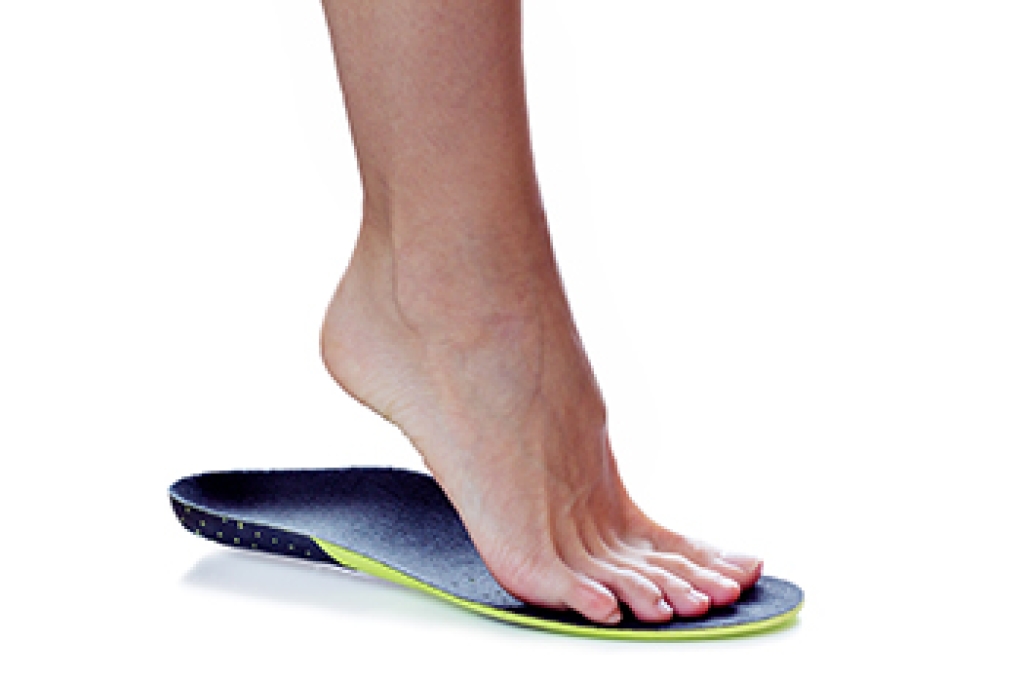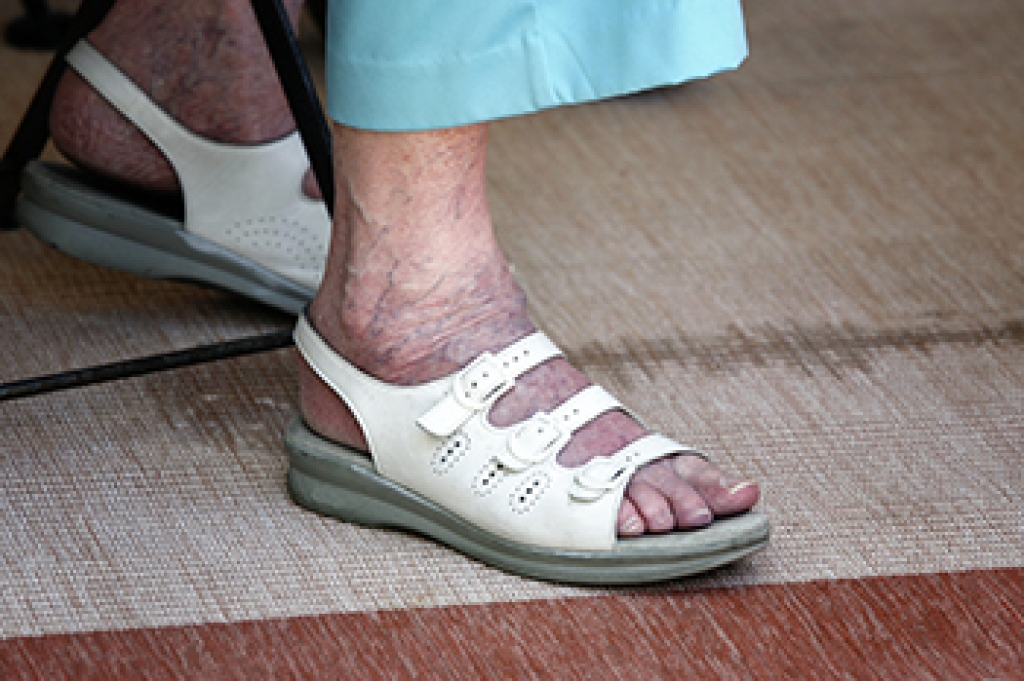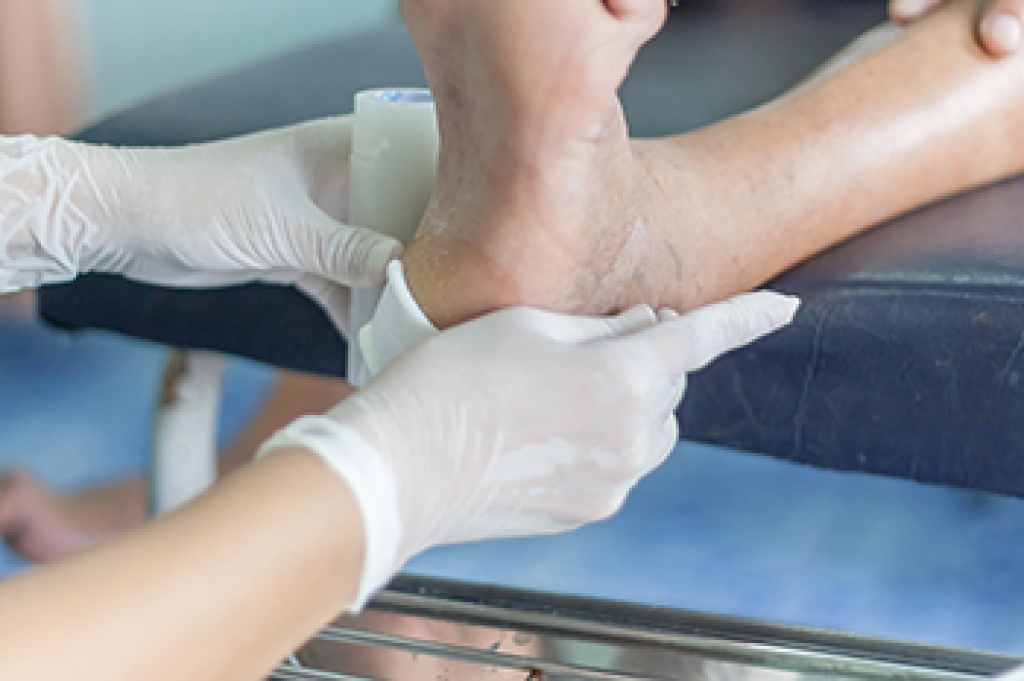
Orthotics are tailor-made devices designed to tackle diverse foot issues. There are three primary types of orthotics, each with unique attributes. Rigid orthotics, crafted from sturdy materials, prioritize stability, minimizing movements that cause discomfort. Conversely, soft orthotics are made of pliable materials, focusing on cushioning and enhanced comfort. Semi-rigid orthotics strike a balance, being fashioned from a blend of both rigid and soft materials, delivering both support and cushioning. The purposes of custom-made orthotics range from simple cushioning and support to advanced shock absorption and boosting athletic prowess. To ascertain the most suitable orthotic type for specific requirements, it is suggested that you consult a podiatrist who can customize orthotics that will best meet your needs.
Custom orthotics play an important role in preventing and treating foot and ankle injuries by providing personalized support that aligns with the unique structure of each foot. These specially designed devices help correct biomechanical imbalances, reduce pressure on sensitive areas, and improve stability during movement. When the feet are properly supported, the risk of developing conditions such as plantar fasciitis, Achilles tendinitis, and ankle sprains can be significantly reduced. Custom orthotics also help relieve discomfort caused by having flat feet, high arches, or uneven leg length, which may contribute to recurring injuries or pain.
Foot and ankle injuries can develop gradually from repetitive strain or occur suddenly during physical activity. Without proper treatment, these injuries can affect mobility and overall quality of life. Orthotics work to redistribute weight evenly across the foot, allowing joints and muscles to function more efficiently. This not only supports recovery from injury but can also prevent future problems by promoting better posture and alignment throughout the lower body.
Unlike over-the-counter inserts, custom orthotics are designed based on a detailed evaluation of each patient’s foot structure, gait, and medical needs. Podiatrists use advanced imaging and diagnostic tools to create orthotics that fit precisely and provide targeted correction. Whether used in everyday footwear or athletic shoes, custom orthotics can improve comfort, enhance performance, and support long-term foot health.
If you are experiencing foot or ankle pain or have sustained an injury that has not improved with rest, it is suggested that you schedule an appointment with a podiatrist. Call our office for more information or to make an appointment.
If you have any questions, please feel free to contact our office located in Wesley Chapel, FL .




